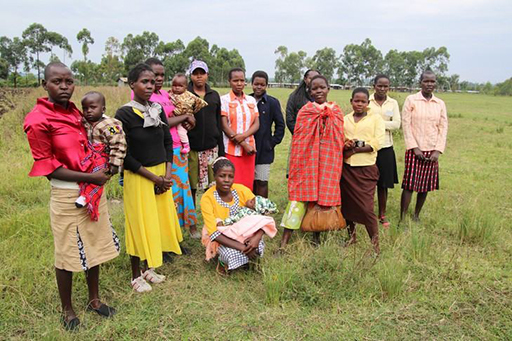7 A participatory photography arts method for Narok, Kenya
The participatory photography method was used by Christian Aid to help adolescent girls in a region of Kenya tell their stories.
The photographs provide a vehicle for the girls to understand an experience that might be hard for them to ‘put into words’, and for the project team and local leaders to better understand their lived experiences and challenges.
Now complete the following activity.
Activity 3
Take a few moments to read the stories at Picture power: girls striving for change [Tip: hold Ctrl and click a link to open it in a new tab. (Hide tip)] . Then answer the following questions:
- Can you think of some contexts where this sort of evaluation would be helpful either from your own work, experience or imagination?
- Do you think participatory methods of investigation are risky? What risks can you identify?
- Do you think participatory methods of investigation are useful? When might you decide to use such techniques?
Note your answers in the box below.
Discussion
Participatory methods help researchers visualise the experiences of others in a more relatable and nuanced way than a report. They could also be helpful for people with disabilities, neurodifferences, people with language or literacy issues, or those who can express themselves better through creative means.
Such content can be used to adapt and improve projects. They can raise awareness in communities about specific issues affecting a group or the whole community and support them to find their own solutions. They support and enhance project monitoring and evaluation, bringing in extra information and direct feedback from communities themselves. As such, participatory methods give the participants voice and agency, as well as developing new skills.
Participatory methods may also be particularly useful in humanitarian situations where trauma has occurred due to displacement, loss and violence etc., enabling the expression of complex feelings.

